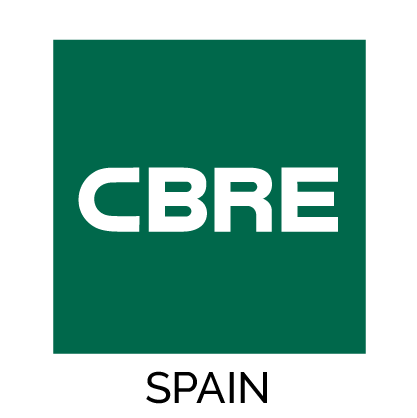In the first nine months of the year, the sector's main indicators have returned to normal, reaching levels similar to those of 2019. In particular, high street transactions have led the recovery up to September, with 17% more than in the same period before the pandemic and 8% higher than in the first nine months of 2021.
Growing demand from national and international brands has caused the vacancy rate in Spanish prime to fall, to 8.5% in Madrid and 11.3% in Barcelona, according to Cbre data. In recent months, companies such as Lululemon, Adolfo Domínguez, Pepe Jeans and Ralph Lauren have opened shops in Spain's main shopping hubs.
Specifically, in Barcelona there are barely eighteen empty shops in the four main shopping streets: five in Portaferrisa, eleven in Paseo de Gracia and another two in Portal de l'Àngel, the most expensive shopping street in Spain. In the first nine months of the year, the total volume of investment in commercial premises in the Catalan capital amounted to seven million euros.
In Madrid, meanwhile, there are barely nineteen commercial premises available in the five main locations: seven in Serrano, five in Gran Vía, three in Fuencarral, two in the Sol-Preciados-Callao axis, and another two in Ortega y Gasset. In the period, investment in Madrid has reached thirty million euros, compared to 52.8 million euros in 2021.
Fashion has consolidated its position in the period as the sector with the most activity in prime, accounting for the majority of transactions. In fact, 46.8% of the square metres of commercial premises leased in the main locations in Spain correspond to fashion shops.
Rents have also risen in the first nine months of 2022 in most of Spain's prime locations. Specifically, rents have increased by an average of 6% compared to the same period in 2021. Rents have risen particularly in Barcelona, Palma and Valencia.





